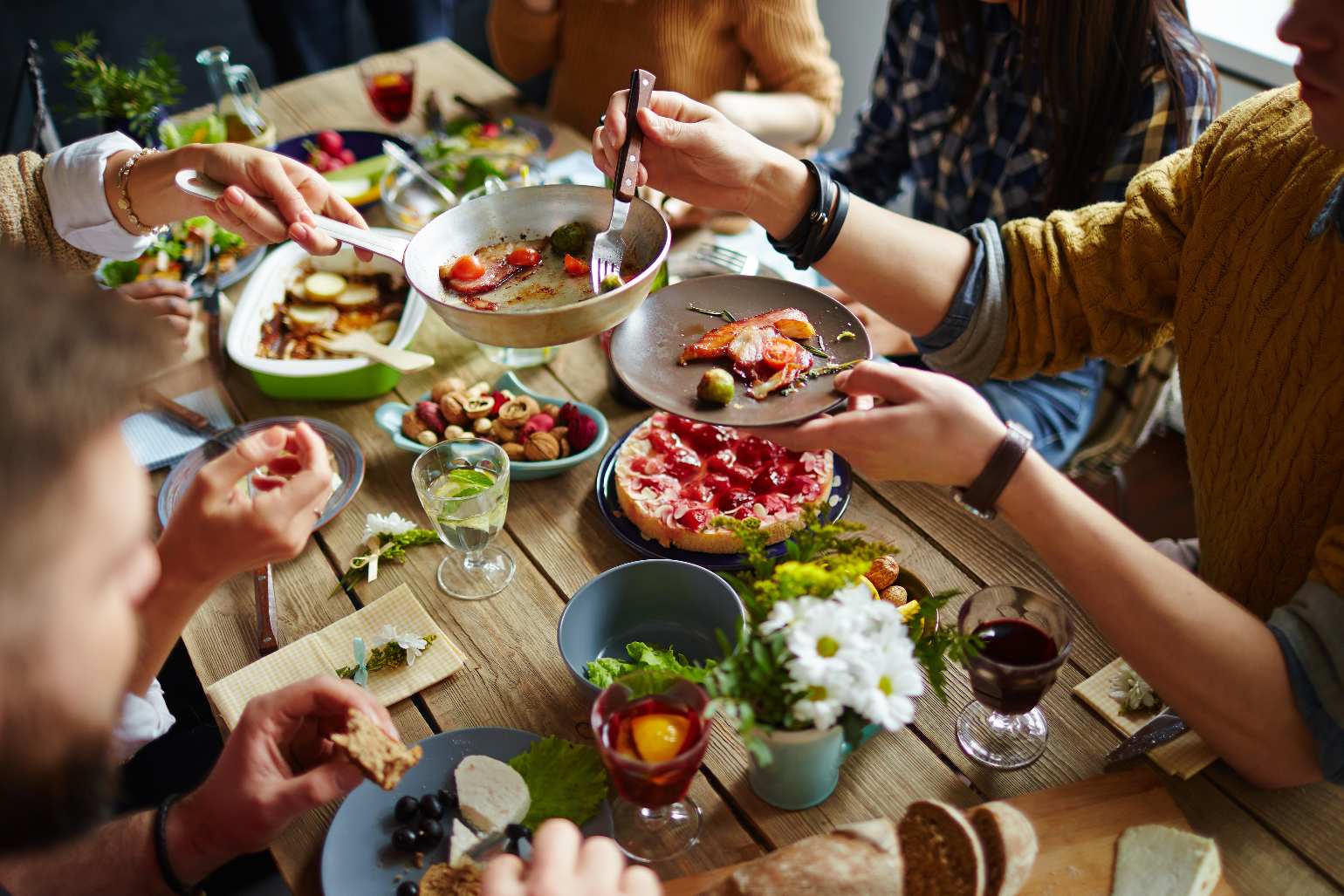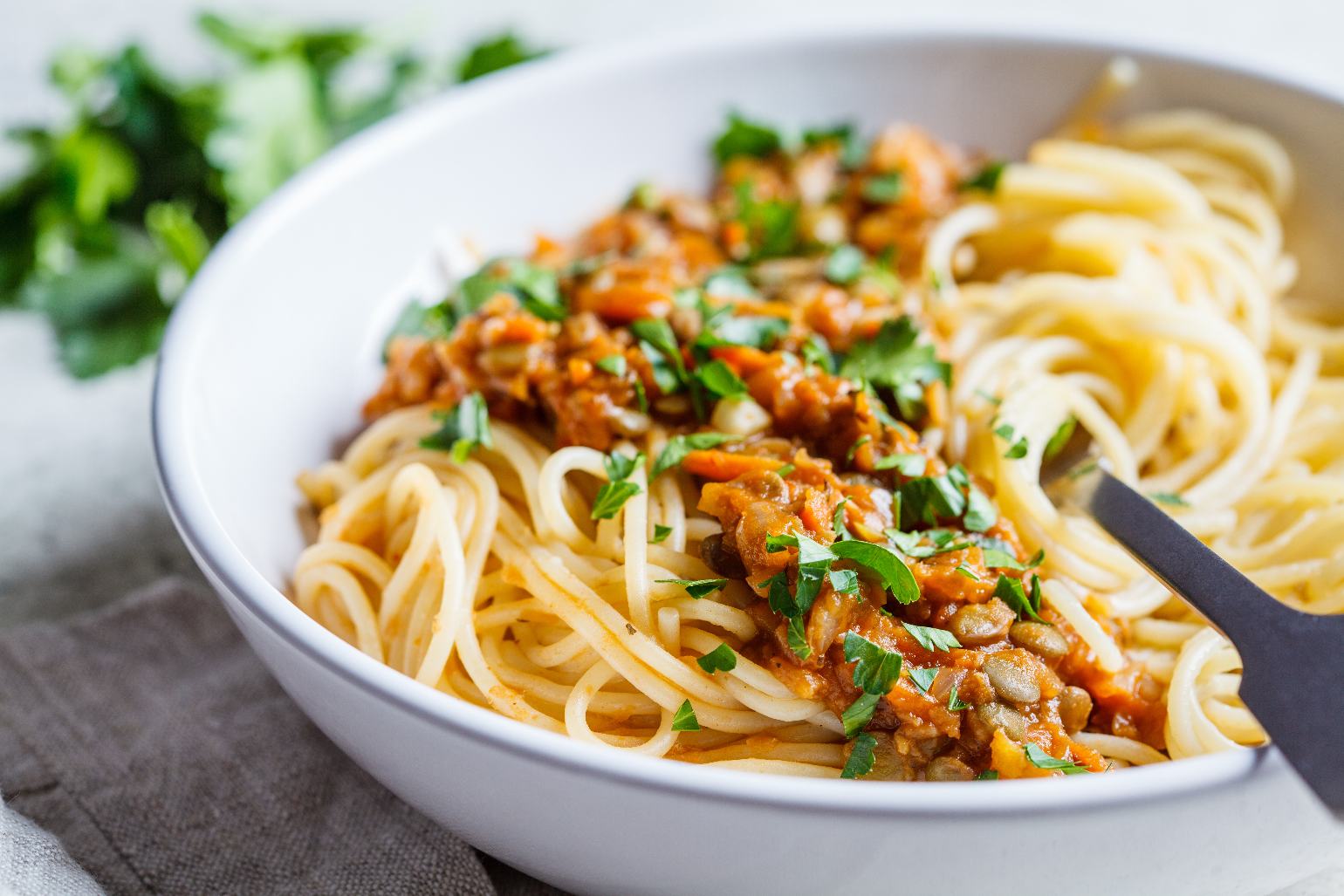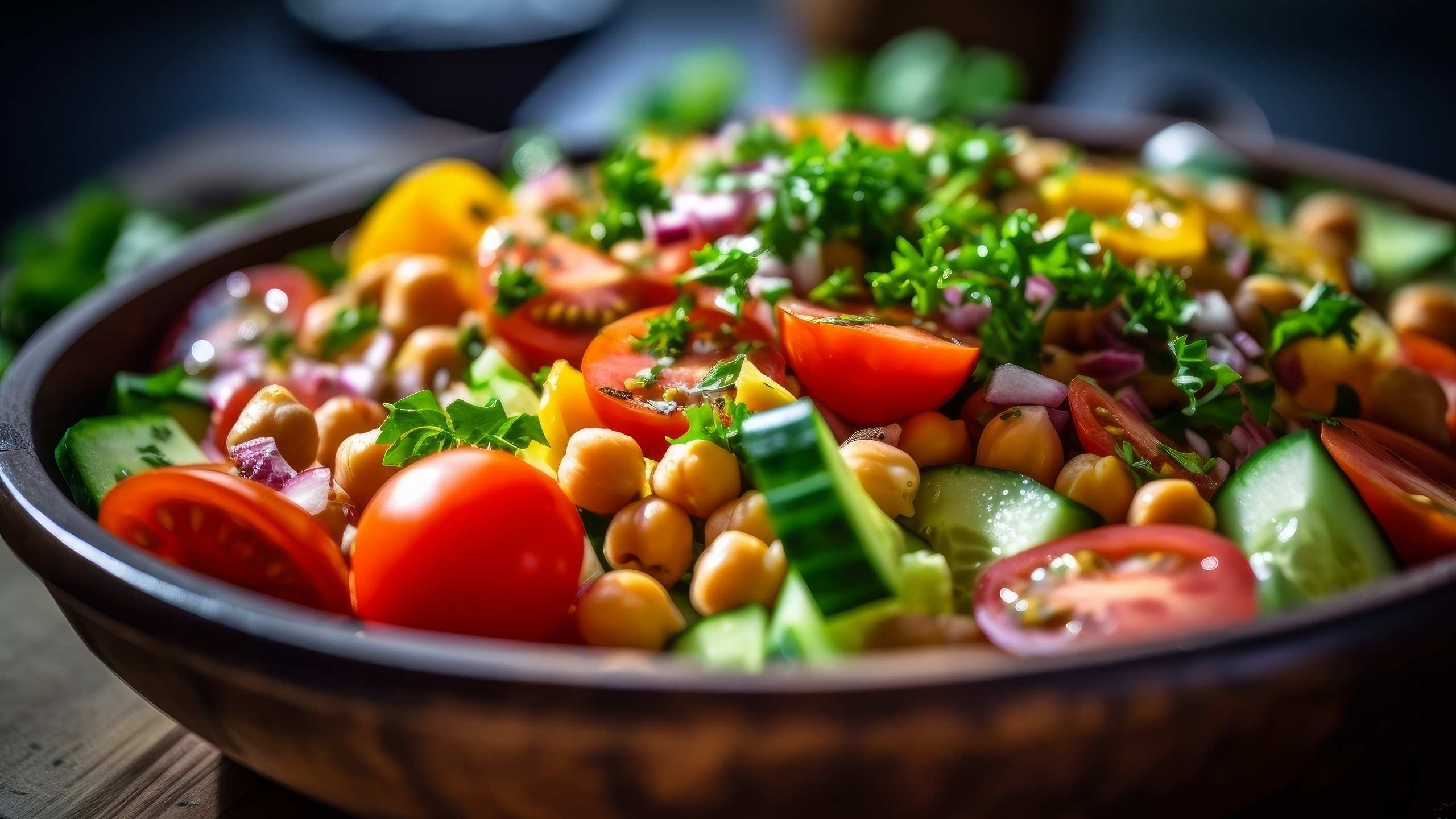“You are what you eat.”
There are many reasons why we feed ourselves. Besides the obvious – it’s a basic need, as the energy and nutrients provided by food ensure our survival – there are others. Human beings eat for pleasure (remember the feeling you get when you take a bite of your favourite dish), for emotional reasons (you might agree that there are few things better for the soul – and the body – than a delicious, nutritious meal), or because it’s a way of bonding and sharing (in your home, do meals also go on for several hours, in pleasant conversation?).

The reasons are relatively common, regardless of location, belief or ideology. It’s in the way each one eats that differences can come up and there are those who, through their eating habits, want to convey a message about how they look after their health and the world around them.
There are more and more places where the menu is no longer “meat or fish”. Plant-based alternatives are taking their seat at the table. This is what plant-based diets are all about.
Plant-based diet: a meal based on… plants?
Are you thinking of a dish made up of rose petals and eucalyptus leaves? Put that thought on the side. In a minimalist way, a plant-based diet consists of food that come from the ground – vegetables, fruit, pulses, nuts and cereals.
As for the consumption of animal protein, it depends – under the “umbrella” of plant-based eating, we can find different diets.
-
Vegetarianism
There can be variations to the vegetarian diet, although they all agree to the non-consumption of meat and fish. The lacto-ovo-vegetarian diet includes eggs, milk and dairy products, while the lacto-vegetarian diet includes milk and dairy products but excludes eggs, and the ovo-vegetarian diet allows the consumption of eggs but excludes other foods of animal origin. The term “vegetarian” usually refers to the ovo-lacto-vegetarian diet.
-
Veganism
Another variant of the vegetarian diet, veganism excludes all products of animal origin – food and, generally, non-food products. Vegans don’t eat meat, fish, milk and dairy products, eggs, honey or any other foods that contain traces of animal ingredients. The same applies to beauty and cosmetic products with animal ingredients, such as creams or soaps, make-up, clothing and footwear.
-
Macrobiotic Diet
The macrobiotic diet focus on the consumption of whole grains rather than vegetables. Meat, eggs and dairy products are at the top of the macrobiotic pyramid, and their consumption should be optional, sporadic or only during a transition period.
-
Flexitarianism
The concept of flexitarianism, created by an American nutritionist in 2009, refers to a diet that is mostly vegetarian but flexible in terms of the consumption of animal products – it aims to reduce, not exclude. There are also variations here, such as pescetarianism, which includes the consumption of fish and shellfish but excludes meat, or pollotarianism, which includes the consumption of poultry.
-
Mediterranean diet
Did you expect to find it on this list? If you follow the Mediterranean diet, you could say that your menu is essentially plant-based. After all, if you look at the Mediterranean diet pyramid, you’ll realise that plant-based foods have the most relevance.
The abundant consumption of plant-based foods, such as vegetables, fruit, lightly refined cereals, pulses and nuts, is a “must” of the Mediterranean diet. As for animal products, the recommendation is to moderate the consumption of dairy products, to frequently consume fish and to reduce the consumption of red meat.

What are the potential benefits of a plant-based diet?
Producing food, whatever its base and origin, requires the use of natural resources, such as water to irrigate the soil, so it’s easy to conclude that food production has an impact on the environment. However, we depend on food production to meet the needs of a growing world population – so excluding some type of food or food group is not the solution to “end” climate change (which, by the way, is not just related to food or food production). So how can this impact be minimised?
From a consumption’s perspective, eating a varied, balanced and conscious diet that, without excluding any food, has a focus on plant-based products, such as vegetables and pulses, or whose consumption of resources is lower, is an option. Small decisions we make every day, like choosing local products and reducing food waste, can also make a difference. However, there is no single action needed and no immediate effects. From a production’s point of view, it is necessary to manage soils and resources responsibly by adopting, for instance, sustainable agricultural measures.
The increased consumption of plant-based products can also have health benefits:
-
Weight under control
Eating foods low in saturated fat, such as fruit and vegetables, helps prevent obesity.
-
A healthy heartbeat
The consumption of vegetables, fruit and pulses helps to reduce and prevent cardiovascular diseases, contributing to blood pressure control and normal blood cholesterol levels.
-
Controlled blood sugar levels
The foods favoured in plant-based diets are associated with a lower risk of developing type 2 diabetes. For people with diabetes, it can contribute to better glycaemic control.
-
Intestines running smoothly
Rich in fibre, a plant-based diet promotes better functioning of the digestive system. In 2022, a study concluded that they could prevent cancers of the digestive system.
-
Mind over body
Eating fruit and vegetables is linked to a lower risk of cognitive decline and the development of dementias such as Alzheimer’s disease. Studies related to mental health also suggest a lower incidence of depression and depressive symptoms.
If there is variety and balance, a plant-based diet can be health-promoting and an additional way of looking after the planet. However, it should also be noted that any kind of restriction can have risks. It is necessary to ensure that each person’s individual needs are being met and to evaluate the need for supplementation, so medical supervision is advisable.
“Vegetarian Shepherd’s Pie” or “Tofu burgers”? Today’s special is plant-based
Those who want to change or vary their diet may find these obstacles:
- The perception that the cost is high;
- The idea that a plant-based diet has no flavour;
- The lack of creativity when it comes to cooking.
About the first point: following a plant-based diet doesn’t mean buying products with strange names or whose prices can jeopardise your financial health by the end of the month. Choose simple, unprocessed foods that are nutritious and affordable. We’re talking about colourful, fresh vegetables such as carrots, tomatoes and broccoli, seasonal fruit like apples or oranges, pulses from beans to peas, crunchy nuts, sweet potatoes… The list goes on and can lead to delicious recipes for the whole family.
On the other hand, eating a lettuce leaf or tasteless boiled vegetables is not synonymous with a plant-based diet. If your goal is to eat more plant-based products, the change doesn’t have to be drastic: simply increase the consumption of certain foods, like fruit and vegetables, or make substitutions. For example, vary dairy products with alternatives such as soya drink or cream, reduce the amount of meat and occasionally replace it with pulses.

As for flavour and creativity, picture this: a plate of white or brown rice, ready to receive a steaming tofu and mushrooms curry; a lentils bolognese, rich in tomato sauce; a glass of milk or vegetable drink with oat granola and fresh fruit… you get the idea.



